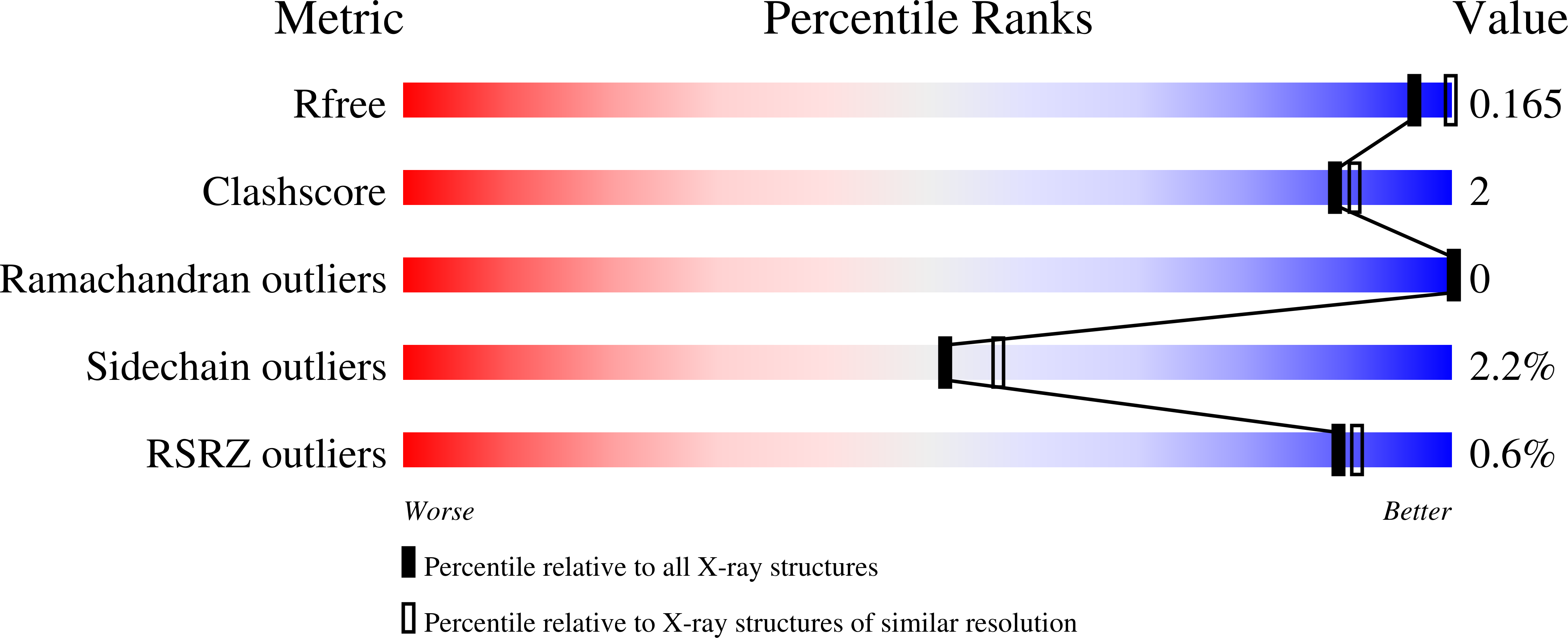
Deposition Date
2006-12-28
Release Date
2007-01-30
Last Version Date
2023-08-30
Entry Detail
Biological Source:
Source Organism:
Enterobacteria phage T4 (Taxon ID: 10665)
Host Organism:
Method Details:
Experimental Method:
Resolution:
2.10 Å
R-Value Free:
0.21
R-Value Work:
0.15
R-Value Observed:
0.16
Space Group:
P 32 2 1


